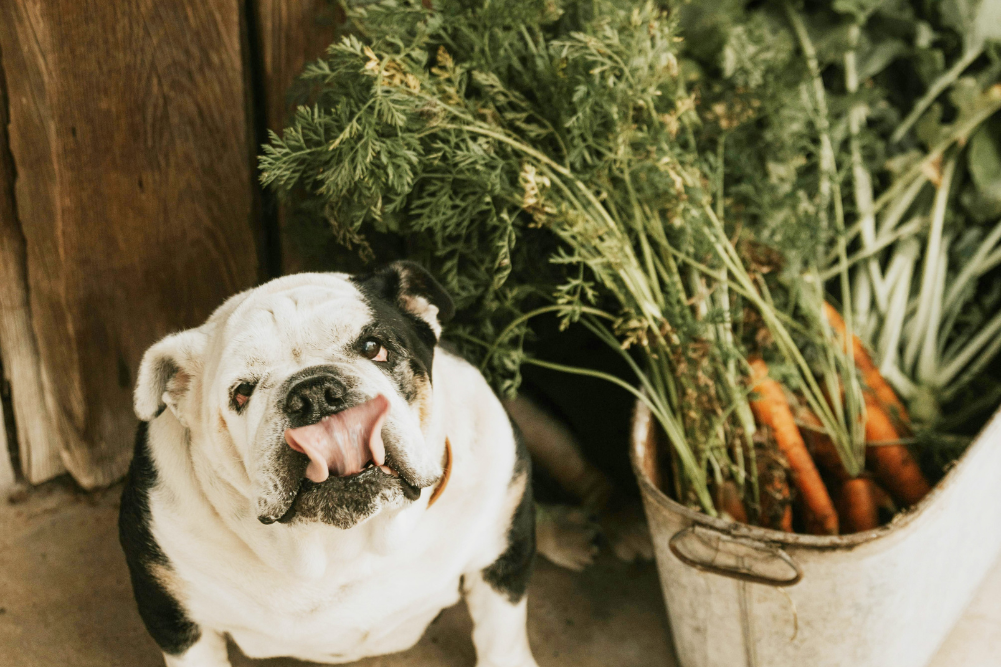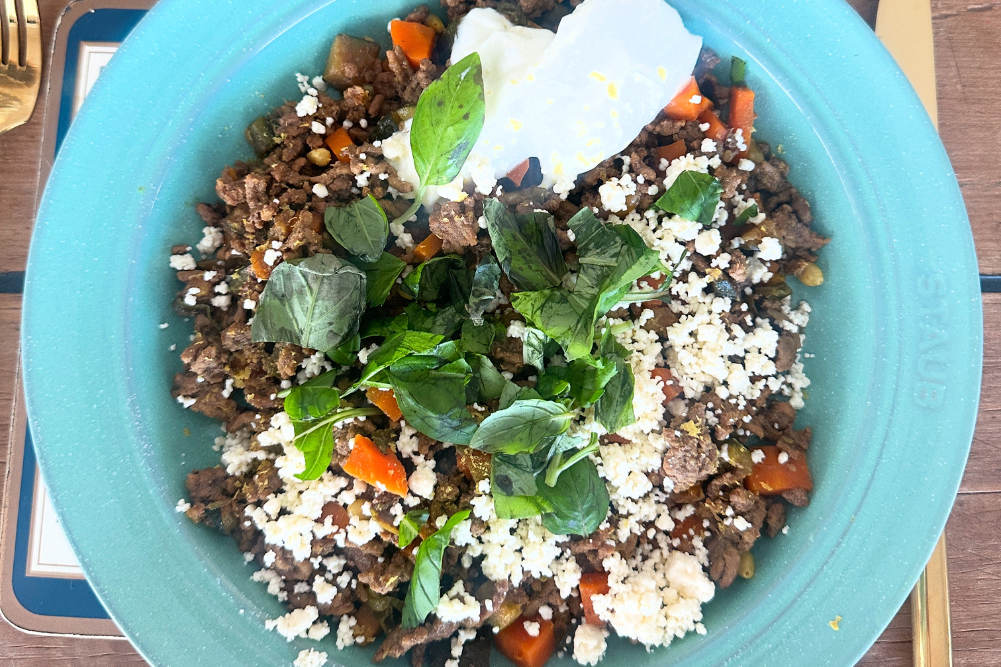8 Tricks to Creating a Zero-Waste Kitchen
Discover some tips to get yourself on the way to having a zero-waste kitchen in no time and help the environment while you’re at it with a few simple changes.
There is no doubt that plastic is slowly killing our planet. Unfortunately, we live in a “throwaway” society where plastic has been the convenient option for too long and has now become an everyday part of life. The kitchen is one of the most challenging places to reduce household plastic consumption, but it’s not impossible.
Avoid single-use packaging
This may sound obvious, but one of the simplest ways to reduce plastic and create a zero-waste kitchen is to buy less of it! Buying in bulk is a good place to start since it helps reduce single-use packaging. There are plenty of places such as wholefood and health food stores which offer reusable options or allow you to bring your own containers to stock up at home. This allows you to only buy the weight of the product rather than all the unnecessary packaging that goes along with it. For fresh produce, try to avoid the supermarket and shop at your local farmers’ market or farm shop first.
Trade cling wrap and single-use sandwich bags for kids’ lunchboxes for eco-friendly, reusable solutions like beeswax wraps, tea towels, sustainable covers and storage containers. These wrap alternatives usually let the food stay fresher for longer so it’s a double win. Baking paper is also a culprit for plastic waste in landfill. Try investing in a good-quality reusable silicone baking paper mat when baking. It will also save you money in the long run.
Say No to plastic bags
They may be tempting and be the more affordable and convenient option when shopping, but plastic bags are a menace for our environment. Try to keep a few reusable shopping tote bags in the car or a foldable shopping bag in your handbag so you don’t forget to take them from home every time you go to the supermarket. If you forget, they usually have paper or reusable varieties which are much better options for the environment.
But how about the little plastic bags to help sort and store fruit and vegetables at the supermarket while you fill up your trolley? Strictly avoid these too and buy loose fruit and vegetables wherever possible. Either carry your fruit and vegetables loosely in your trolley or bring some small reusable bags to store them in.
Cook from scratch whenever it is possible
Cooking from scratch and eating less unprocessed food and takeaway helps reduce the need for single-use packaging and plastics substantially. A good place to start is to create a small kitchen garden at home. Start small with a few basic herbs like parsley and mint and eventually expand to include other herbs and vegetables. This will save you from the pesky plastic packaging covering small portions of herbs at the supermarket, which are expensive too!
Stop buying bottled water
This is a quick win to create a zero-waste kitchen. Make the switch to a reusable water bottle made from stainless steel or glass which you can wash and reuse every day. If you use bottled water instead of drinking water from the tap, consider buying a good-quality water filter or filtration jug which reduces the pesticides, metals and chlorine in tap water. It’s a much healthier and sustainable alternative in the long run.
Go plastic-free with kitchen utensils and tools
Plastic utensils and storage solutions are not only bad for the environment; they can be bad for our health too, since plastic toxins can leach into the food we eat. Trade plastic storage containers and Tupperware with glass, bamboo or stainless-steel storage solutions. These can also be used for the freezer as well. If you have a smorgasbord of plastic containers already in your zero-waste kitchen, don’t throw them away just yet: use them to store your cleaning products and other non-food items.
When it comes to kitchen items, it’s not only the obvious plastics but the hidden ones which are the culprit. Make sure you opt for a PFAS (per- and polyfluoroalkyl substances) free kitchen. PFAS are man-made chemical compounds which are a common component of everyday items like food items and many non-stick pans. Non-stick pans are a staple in most households, but unfortunately many of them contain this harmful plastic coating that makes a pan non-stick. Fortunately there are plenty of other sustainable options like stainless steel, cast iron and non-stick pans which are PFAS-free if you’re prepared to shop around a little.
Zero-waste coffee and tea
Even the tea and coffee you drink can be riddled with plastic. Rather than use unsustainable coffee pods, invest in sustainable brewing options you can use at home, like a stove pot and filter. If ordering a takeaway coffee, it is as simple as bringing your own mug or keep cup to your local cafe. Most teabags contain microplastics, including polypropylene, to stop them falling apart, so opt for fair-trade options or brew tea using loose leaves in a fine-mesh strainer or teapot.
Make your own cleaning products
Cleaning products are almost always packaged in plastic, which accounts for a considerable amount of household kitchen waste. Even the smallest dishwasher tablets often have a plastic coating, and everyday sponges are made with oil-based plastics.
Try experimenting with making your own cleaning products at home and keeping them in glass bottles. Mixes with vinegar and baking soda are fantastic places to start.
Think beyond recycling and upcycle
Don’t throw away that used jam jar just yet. If you get a bit creative in the kitchen there are plenty of things you can use to upcycle, starting with your own pantry and fridge. Mason jars or plastic bottles make cute storage containers, and you can even create planter boxes in the garden from old juice and drink bottles.
Article Featured in WellBeing 205
Lisa Holmen is a food and travel writer and photographer. Her aim is to “eat the world” one inch at a time and explore as many different cuisines and cultures as possible. Follow Lisa’s journey at lisaeatsworld.com.








